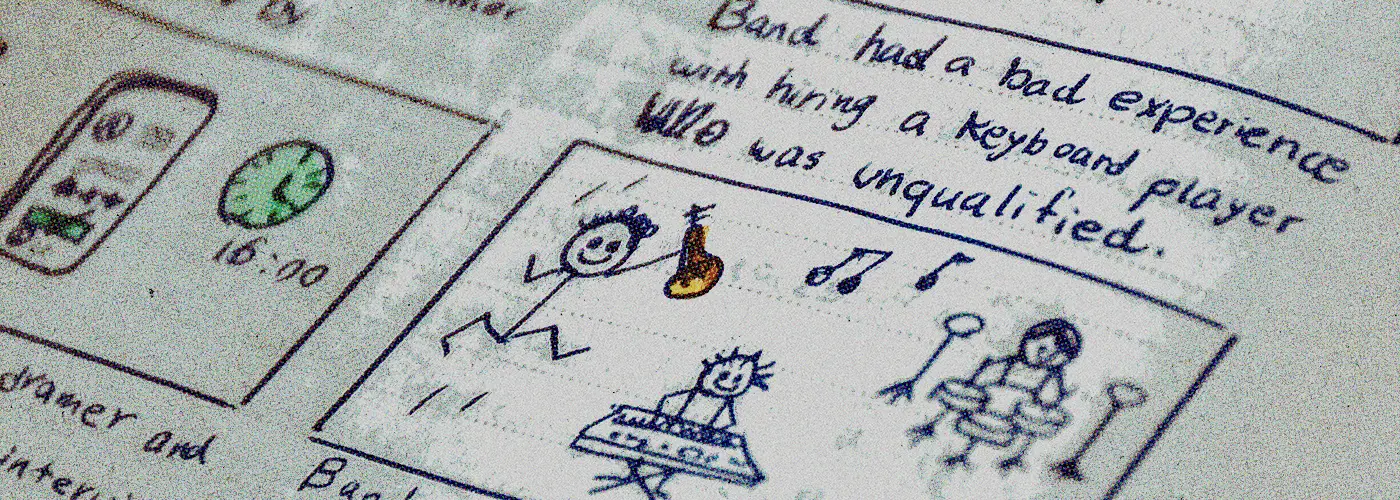Video production is a complex and collaborative process that involves numerous stages, from conceptualization to post-production. One crucial step in this process is storyboarding, which serves as a visual blueprint for the final video. Storyboarding plays a pivotal role in shaping the narrative, composition, and overall visual aesthetic of the video. This article will explore the significance of storyboarding in video production, its benefits, and how it enhances the overall creative process.
Defining Storyboarding
Storyboarding is a technique that involves creating a sequence of drawings or images, accompanied by brief descriptions or dialogue, to visualize key moments and shots in a video. It is essentially a visual script that outlines the flow of the narrative, camera angles, character actions, and other important elements. The storyboard acts as a guide for the entire production team, including the director, cinematographer, art director, and editor.
The Importance of Storyboarding
- Visualization and Communication: Storyboarding allows the creative team to visualize and communicate their ideas effectively. It provides a common visual language that bridges the gap between the director’s vision and the rest of the team. By visually representing each scene and shot, the storyboard ensures that everyone involved in the production is on the same page.
- Previsualization: Storyboarding serves as a previsualization tool, allowing filmmakers to plan and experiment with different compositions, camera movements, and transitions before shooting begins. It enables them to refine their creative decisions, identify potential challenges, and make necessary adjustments in a cost-effective manner. This preplanning helps save time and resources during production.
- Narrative Structure: A well-crafted storyboard helps in developing a cohesive narrative structure. It allows filmmakers to identify the key beats and pacing of the story, ensuring that each scene connects seamlessly. By visualizing the flow of the narrative, filmmakers can make necessary adjustments to enhance the storytelling, create suspense, or deliver emotional impact.
- Shot Composition: Storyboarding aids in crafting visually appealing and impactful shots. It allows filmmakers to experiment with different camera angles, framing, and composition choices. By strategically planning the shots in advance, the director and cinematographer can create a more engaging visual experience that captures the essence of the story and evokes the desired emotions in the audience.
- Collaboration and Feedback: Storyboarding facilitates collaboration among the production team. It encourages discussions and feedback, enabling everyone to contribute their ideas and perspectives. By sharing the storyboard, the team can identify potential issues, suggest improvements, and collectively work towards achieving the best possible result. This collaborative approach fosters a sense of ownership and teamwork.
- Production Planning: Storyboarding assists in planning the logistics and requirements for each shot. It helps determine the necessary equipment, props, costumes, and locations. By visualizing the production requirements in advance, the team can anticipate challenges, make efficient use of resources, and ensure a smoother production process.
- Budgeting and Time Management: Storyboarding is an essential tool for budgeting and time management. By visualizing each scene and shot, the team can estimate the resources and time required for production accurately. It helps prevent costly mistakes, delays, or rework by identifying potential issues before shooting begins.
Storyboarding Techniques
- Thumbnails: Thumbnails are quick, rough sketches that capture the basic composition and framing of each shot. They are an effective way to brainstorm ideas and explore different visual possibilities during the initial stages of storyboarding.
- Detailed Panels: Detailed panels provide a more polished representation of each shot. They include additional information such as camera movements, character positions, and key elements within the frame. Detailed panels help the production team understand the director’s vision more precisely.
- Motion and Transitions: Storyboards can also depict motion and transitions between shots. Techniques like arrows, lines of action, or notations can be used to indicate camera movement, character motion, or visual effects. This helps the team visualize the dynamic aspects of the video and ensures a seamless flow between shots.
- Annotations and Descriptions: Adding annotations and descriptions to the storyboard panels provides additional context and information. This can include dialogue, sound effects, or specific instructions for the production team. Clear annotations ensure that everyone understands the intended actions, emotions, or technical requirements for each shot.
Storyboarding plays a vital role in video production by serving as a visual roadmap that guides the creative process. It helps in visualizing ideas, communicating effectively, and preplanning crucial elements of the production. By enhancing narrative structure, shot composition, collaboration, and time management, storyboarding contributes significantly to the success of a video project. Through its various techniques and tools, storyboarding allows filmmakers to refine their vision, capture the desired emotions, and deliver a compelling visual experience to the audience.
